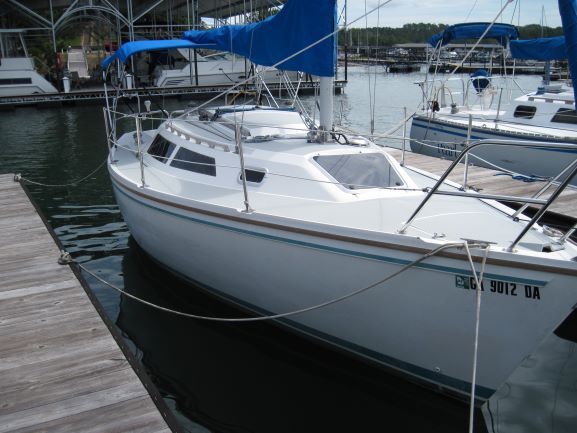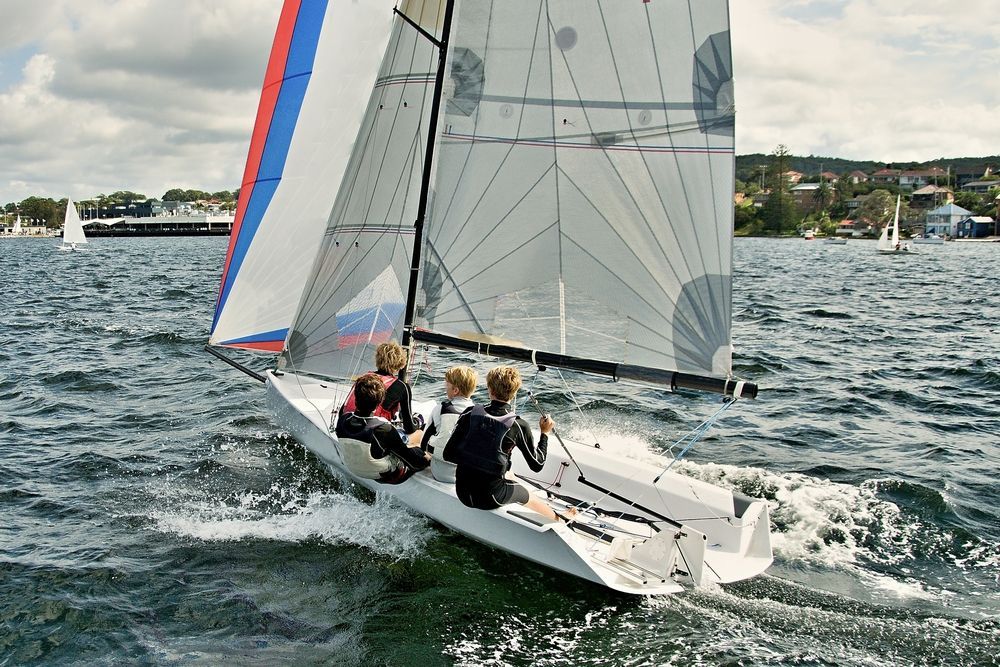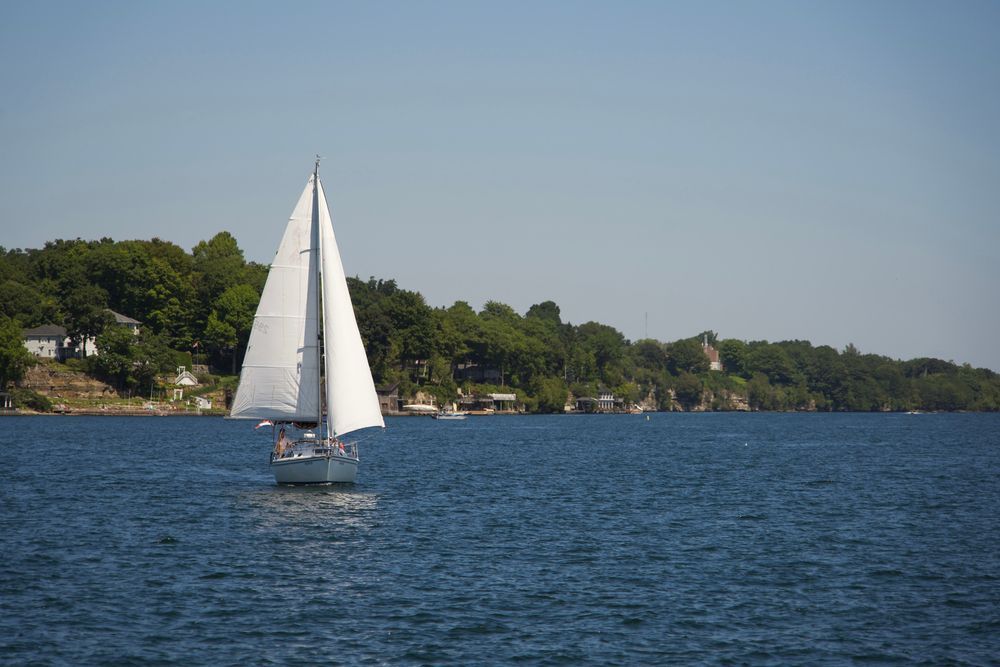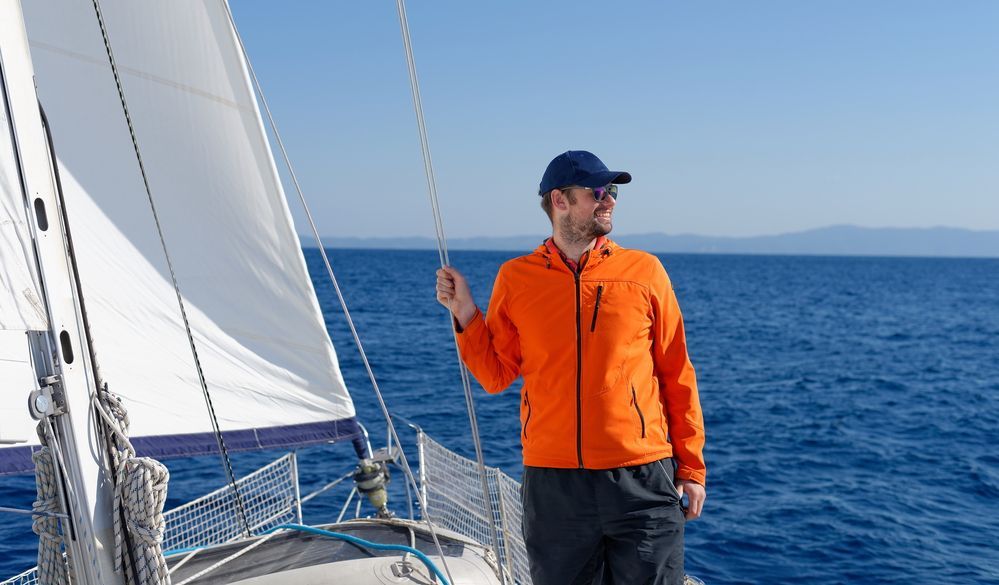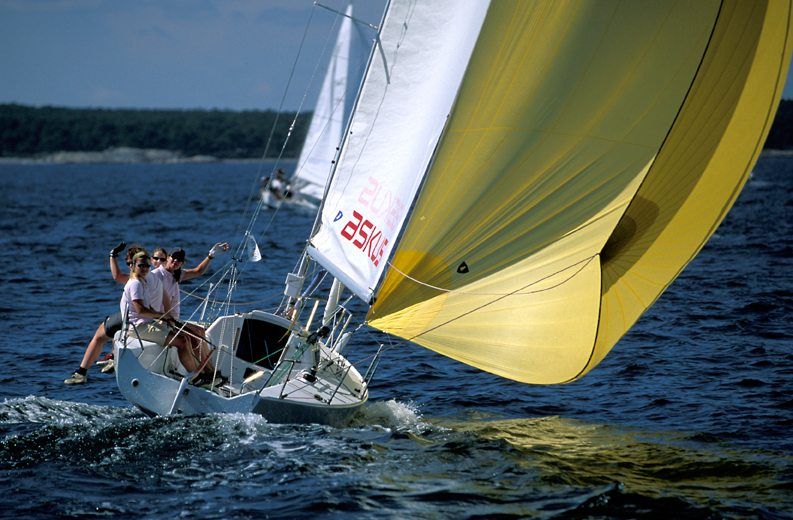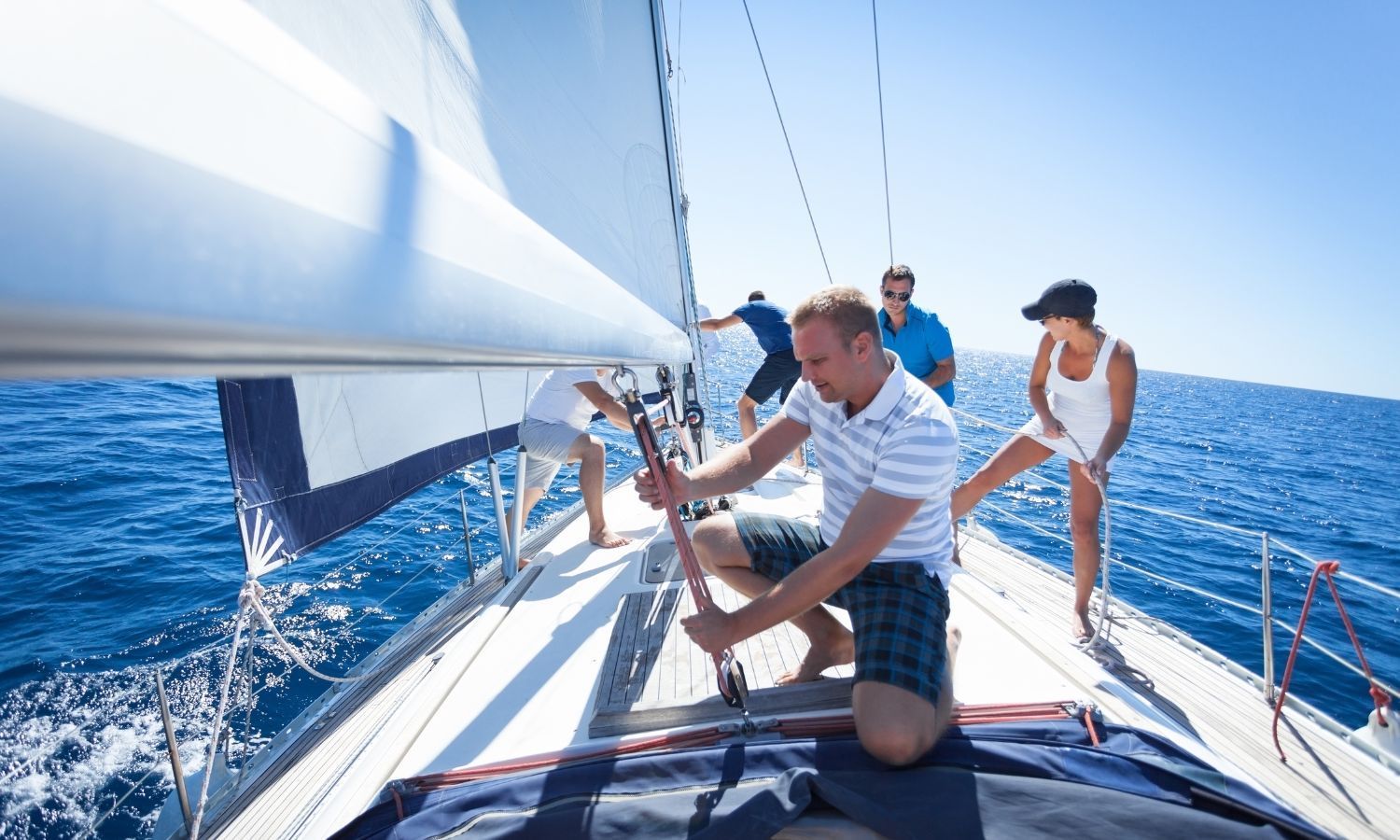BLOG
OFFICE HOURS
Monday – Friday:
9:00 a.m. to 5:00 p.m.
Saturday:
9:00 a.m. to 5:00 p.m.
Sundays and Holidays:
9:30 a.m. to 5:00 p.m.
CONTACT US
Office – SunRise Cove Marina
Dock – 5725 Flat Creek Road
Gainesville, GA 30504
Phone: 770-271-7444
Fax: 678-828-5901
DESTINATIONS WE SERVE
2025 All rights Reserved

